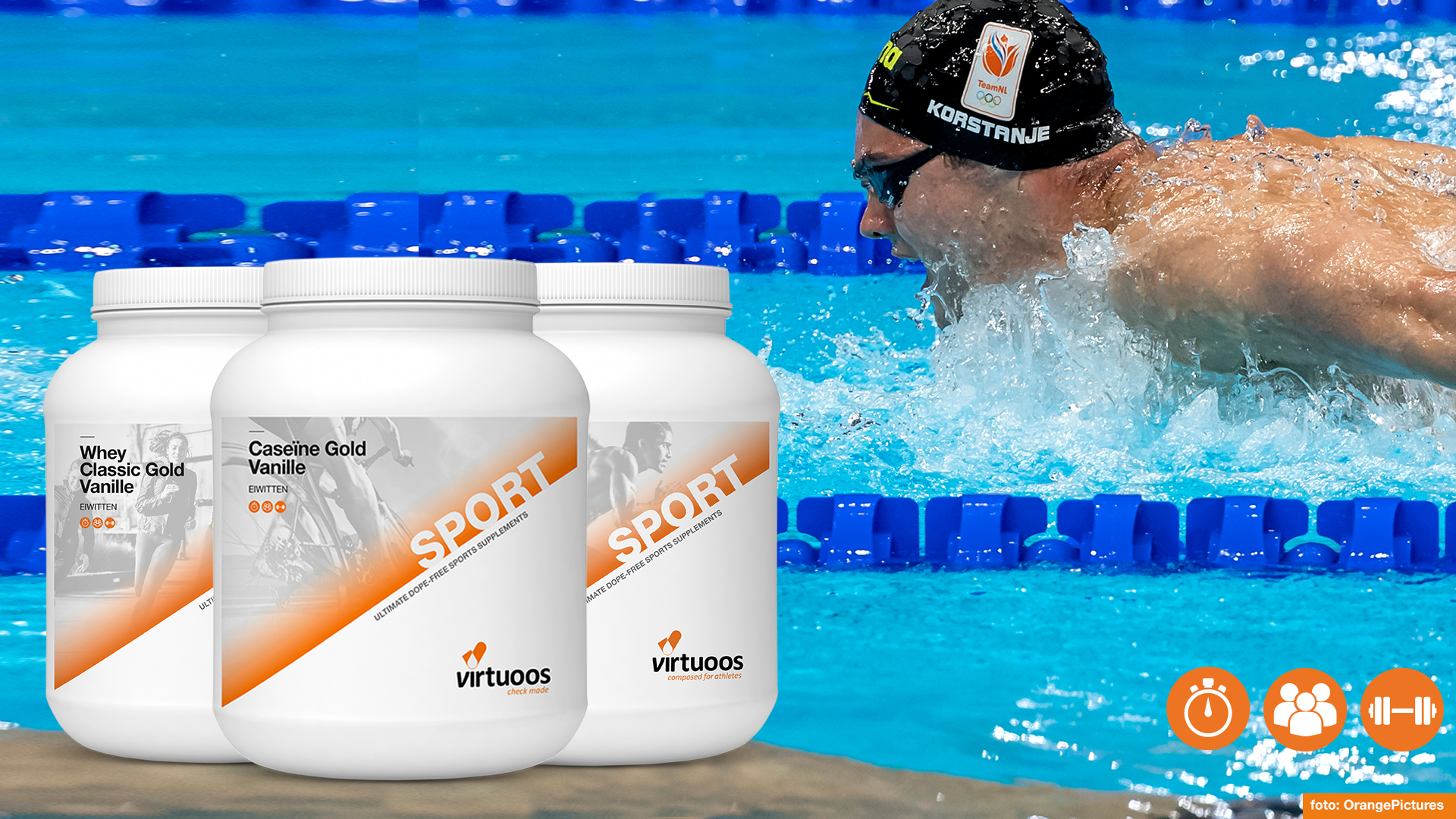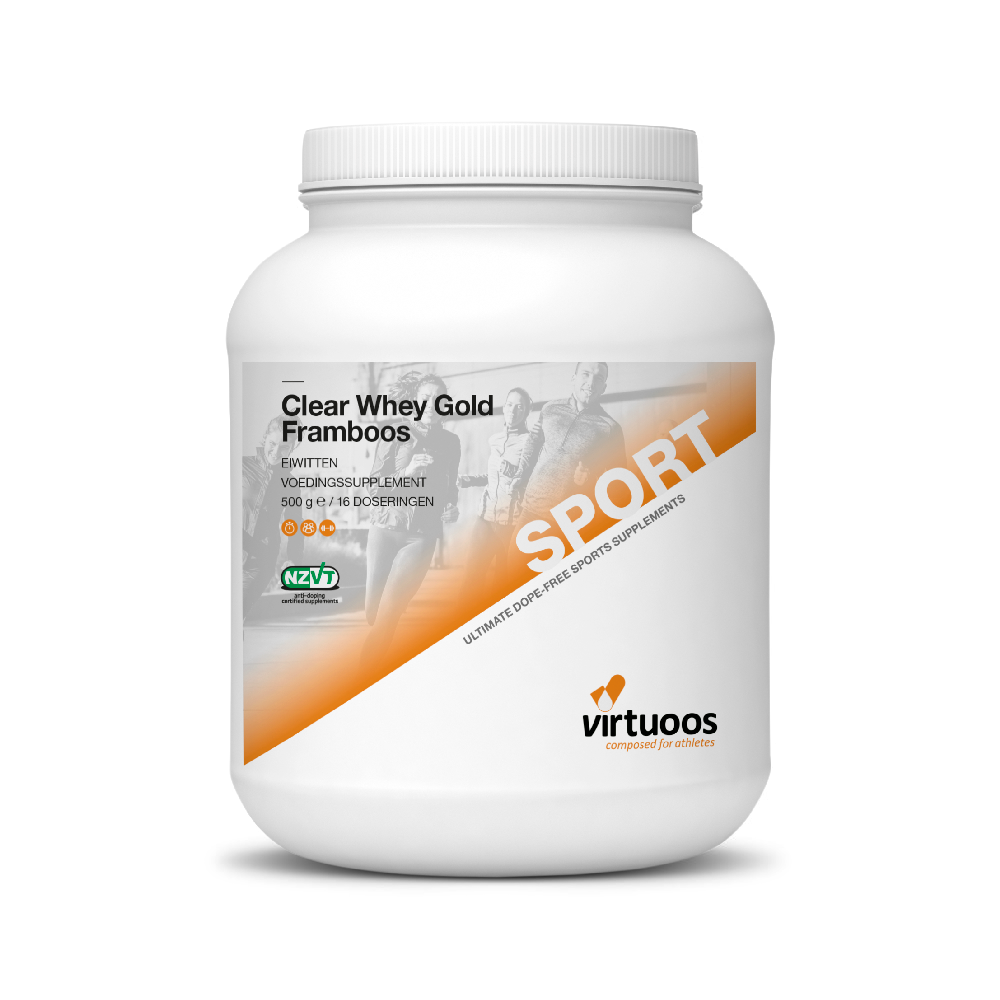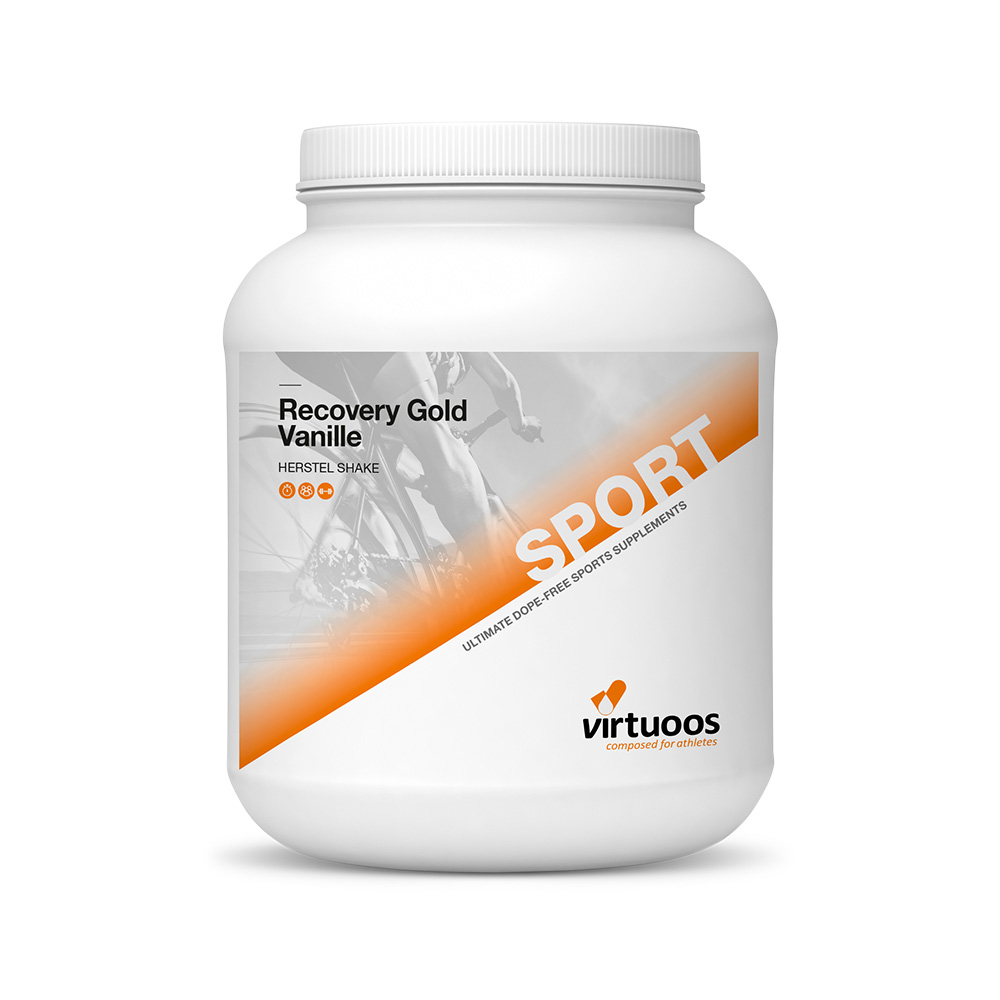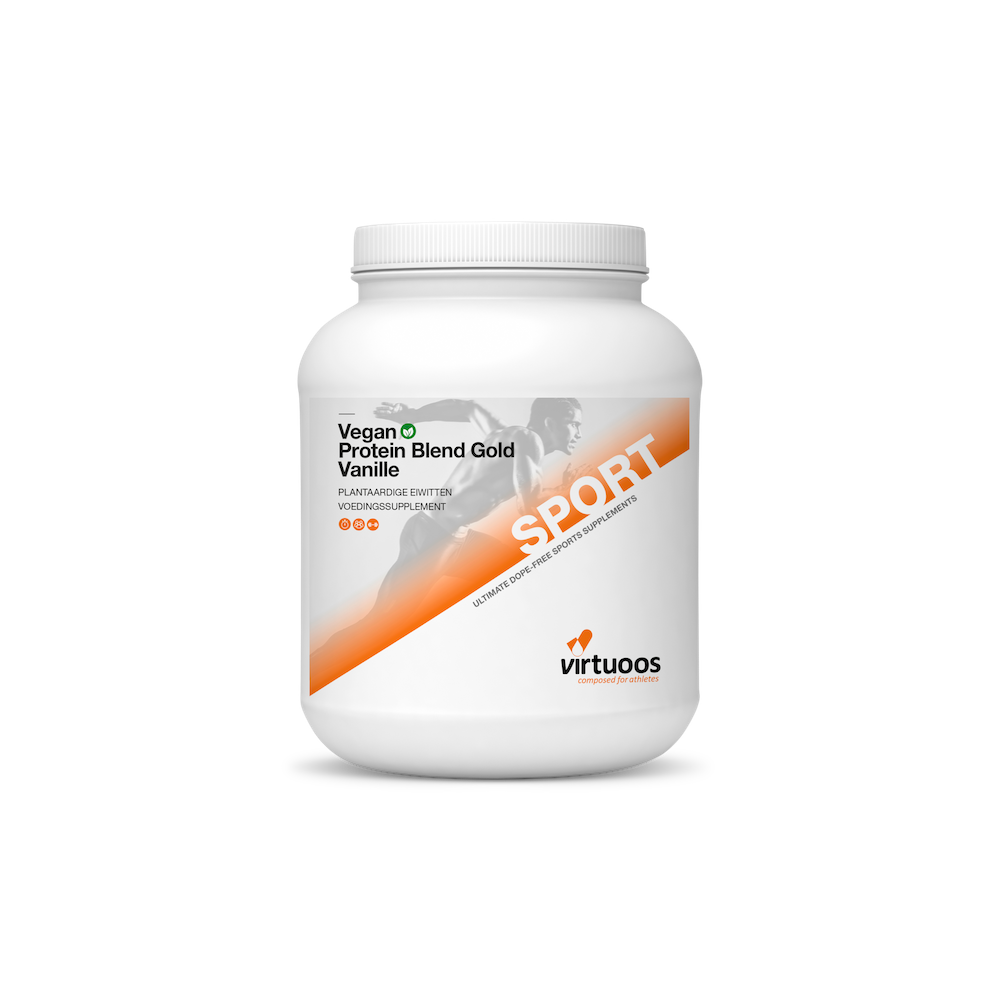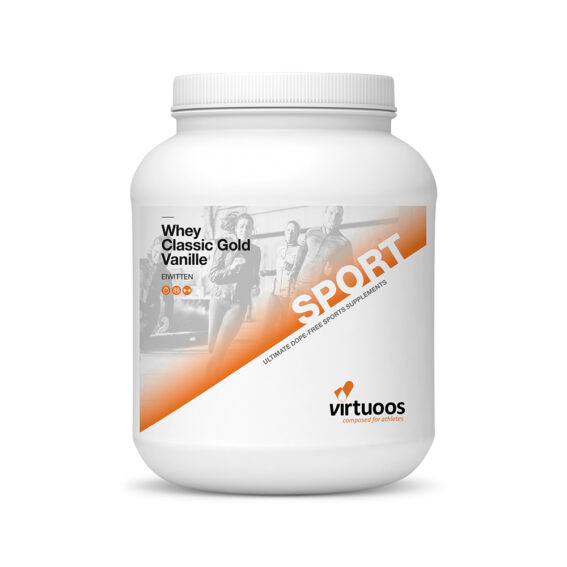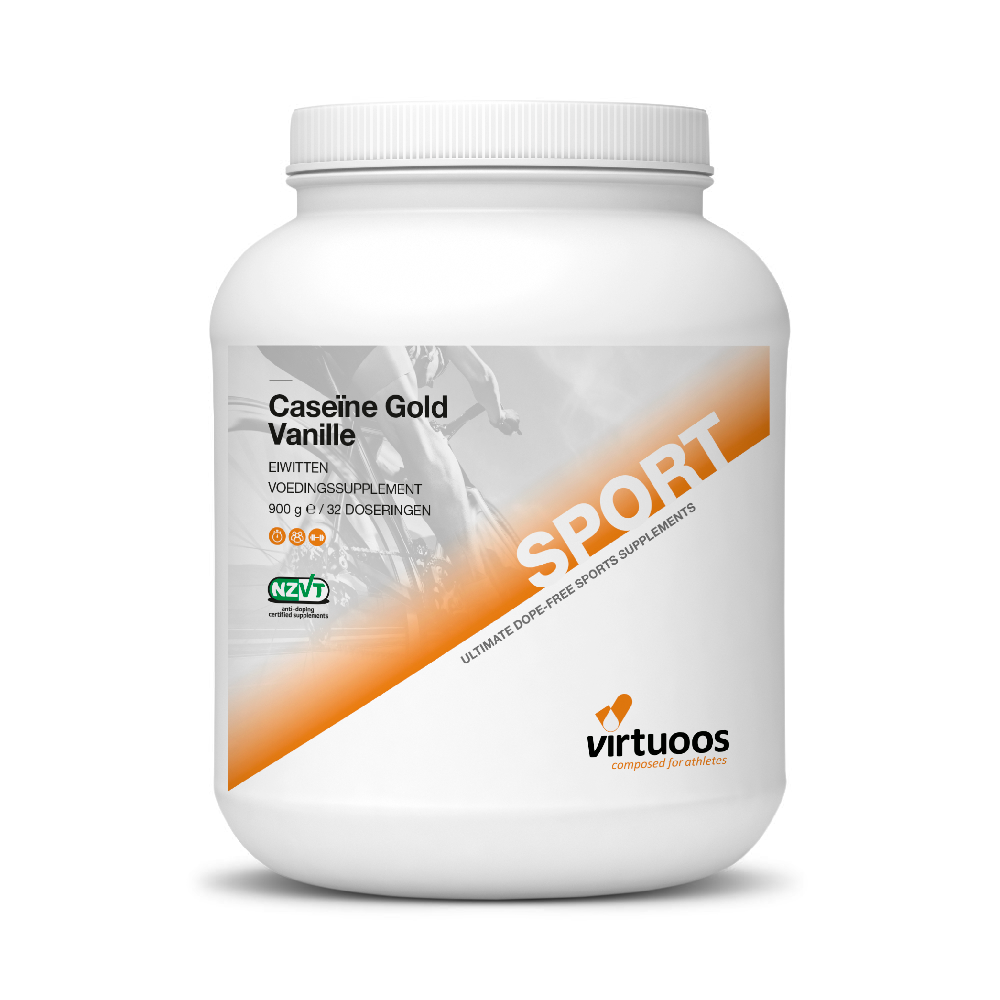Whey and casein proteins have different properties and are obtained differently. Whey protein is digested quickly, while casein protein is digested slowly. This is why whey protein ideal after exercise and why casein protein is suitable to take prior to sleeping. This blog tells you about the differences between whey and casein protein, as well as how protein powder is made.
Protein in milk
Milk is a product that contains high levels of protein. There are two different proteins in milk: whey protein and casein protein. Approximately 80% of the proteins in milk are comprised of casein protein and the other 20% are from whey protein. The quality of these milk proteins is very high. This means that the proteins are easily digested by our bodies and that the amino acid profile is a good match for our needs. These proteins are therefore ideal for athletes. Whey and casein proteins are produced in various ways and also have various effects in our bodies. That’s why separate whey protein and casein protein powders have been developed.
Difference between whey and casein proteins
How are whey and casein protein powders produced?
Whey proteins used to be just a residual product from cheese production and only the casein proteins were left in cheese. Whey protein wasn’t used for anything else. However, a few years ago, it was discovered that whey protein is of extremely high quality – its composition appears to be very similar to the composition of our muscles. That’s why these proteins are frequently used by athletes to help with muscle recovery and growth. Casein protein is also beneficial for athletes, but for other reasons. Read ‘How to use whey and casein protein’ for more information about this.
Production from fresh milk
Whey protein can also be obtained directly from fresh milk. This method of production results in a pure whey protein with high leucine levels. The leucine level in ‘milk whey’ is 15% higher than in whey protein originating from cheese production. As leucine is the most important amino acid for muscle recovery and formation, milk whey protein is therefore even more suitable for avid athletes.
To produce whey and casein protein powder from milk, the milk is first pasteurized (heated to 72°C). The milk is skimmed, resulting in a low-fat milk. This milk is then split into two protein fractions, one part with the casein protein (80%) and one part with whey protein (20%). The whey protein is then filtered and dried to form a high-quality protein powder.
Casein protein was originally only a part of cheese. These days, casein protein powder is also made from fresh milk. Casein protein powder can be made using different methods from the casein protein fraction of the split milk.
- The first method is via micro-filtration. This gives you a casein/whey ratio of 98:2 as well as a lactose percentage of around 5%.
- The second method is to first sour the milk. The milk is then neutralized by adding calcium. A purer form of casein can be obtained via this production method. There is hardly any whey protein in the end product (casein/whey ratio of 99:1) and the lactose level is also extremely low (<0.2%).
How to use whey and casein proteins?
Whey protein
Whey protein has various unique advantages. First of all, the composition of the amino acids is of extremely high quality. This means that this protein source offers exactly the amino acids that your muscles need for optimal recovery and growth. Whey protein is also digested and absorbed quickly in your body. This makes the protein ideal to take before a training session or competition. The protein reaches the muscles very quickly, where it immediately starts to stimulate recovery.
Whey protein powder is also suitable at other times when you need extra protein. You can dissolve whey protein easily in water, milk, or plant-based drinks by using a shaker bottle. You can also easily add whey protein powder to homemade smoothies, yoghurt, or porridge.
Advantages of whey protein:
- Ideal amino acid composition (high leucine levels)
- Digested quickly
- Ideal after a training session or competition
- Dissolves easily
Casein protein
In contrast to whey protein, casein protein is digested and absorbed slowly. This is because the casein protein forms clumps in the stomach. Rapid digestion of a whey protein shake is preferable after exercise. Casein protein powder, on the other hand, is great to take if you will not be consuming any protein over a longer period. That’s why many athletes consume casein protein before going to sleep for the night. This ensures that your muscles receive a constant supply of amino acids during the night. The ideal time for a casein protein shake is approximately 30-60 minutes before bedtime.
As casein protein shakes have a thicker texture than whey shakes, you get a much thicker and creamier shake if you use casein protein powder. Casein protein powder is also easy to dissolve in water or plant-based drinks. If you use plant-based drinks, the shake will be somewhat thicker than when made with water.
Advantages of casein protein:
- Digested slowly
- Ideal just before sleeping
- Dissolves easily with a creamy texture
- Extremely low lactose level (<0.2%)
Virtuoos and FrieslandCampina DMV
At Virtuoos, we use high quality protein from FrieslandCampina DMV. FrieslandCampina takes great care to ensure high quality and responsible production. FrieslandCampina dairy farmers supply milk to FrieslandCampina DMV, after which the proteins are obtained in one of the world’s largest milk-processing factories. Since FrieslandCampina manages the entire chain, this complete process can be monitored in accordance with highest quality standards. The partnership with FrieslandCampina DMV enables Virtuoos to offer athletes the very best quality protein powders.

